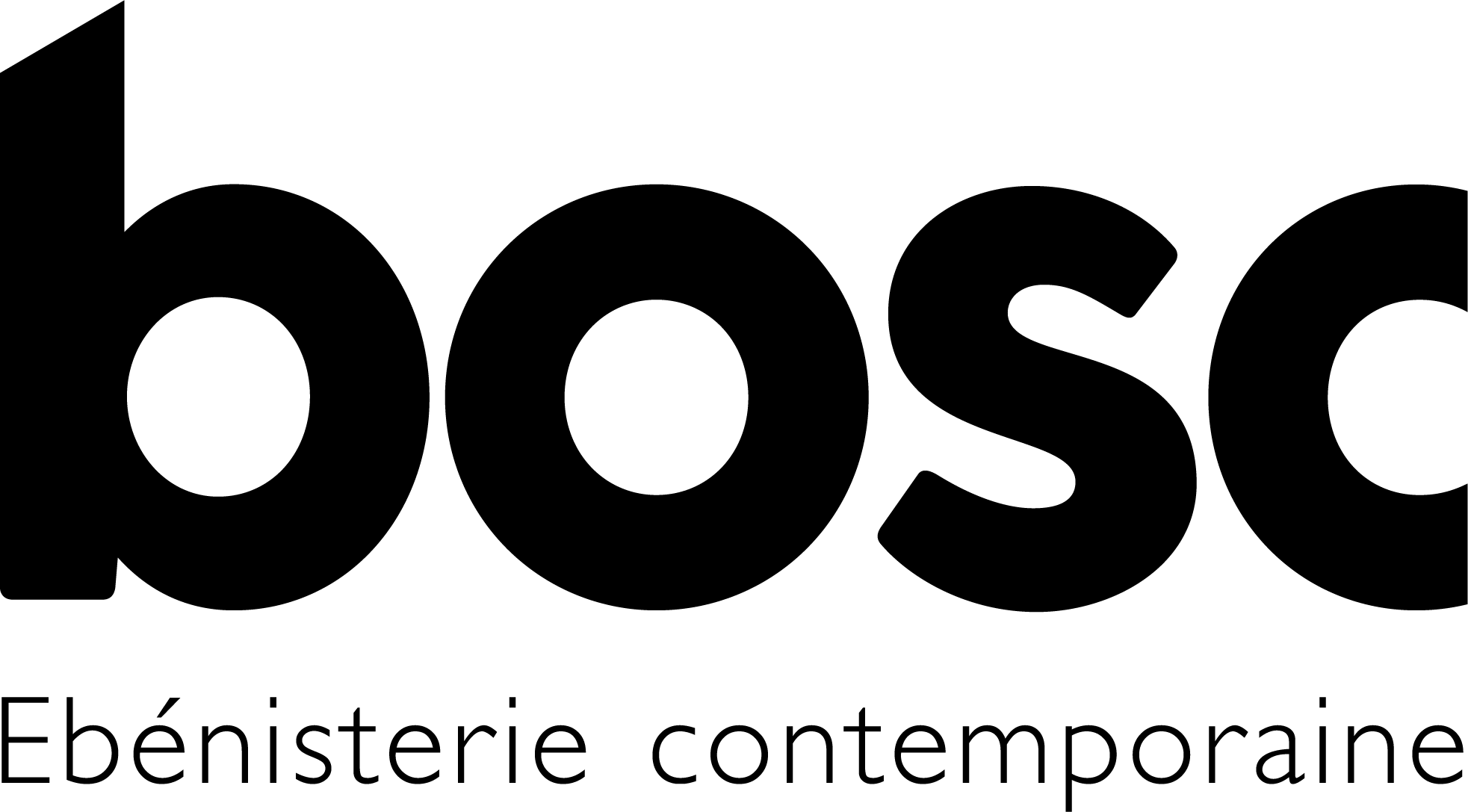Maximalism: the return of “more is more”?
After years of Scandinavian sobriety, immaculate white and “less is more” dogma, something is stirring in our interiors. Social networks are overflowing with colourful living rooms, boldly patterned wallpapers and mixes of styles that would have made minimalist purists shudder just a few years ago. So, is it just a passing fad or a genuine decorative revolution?
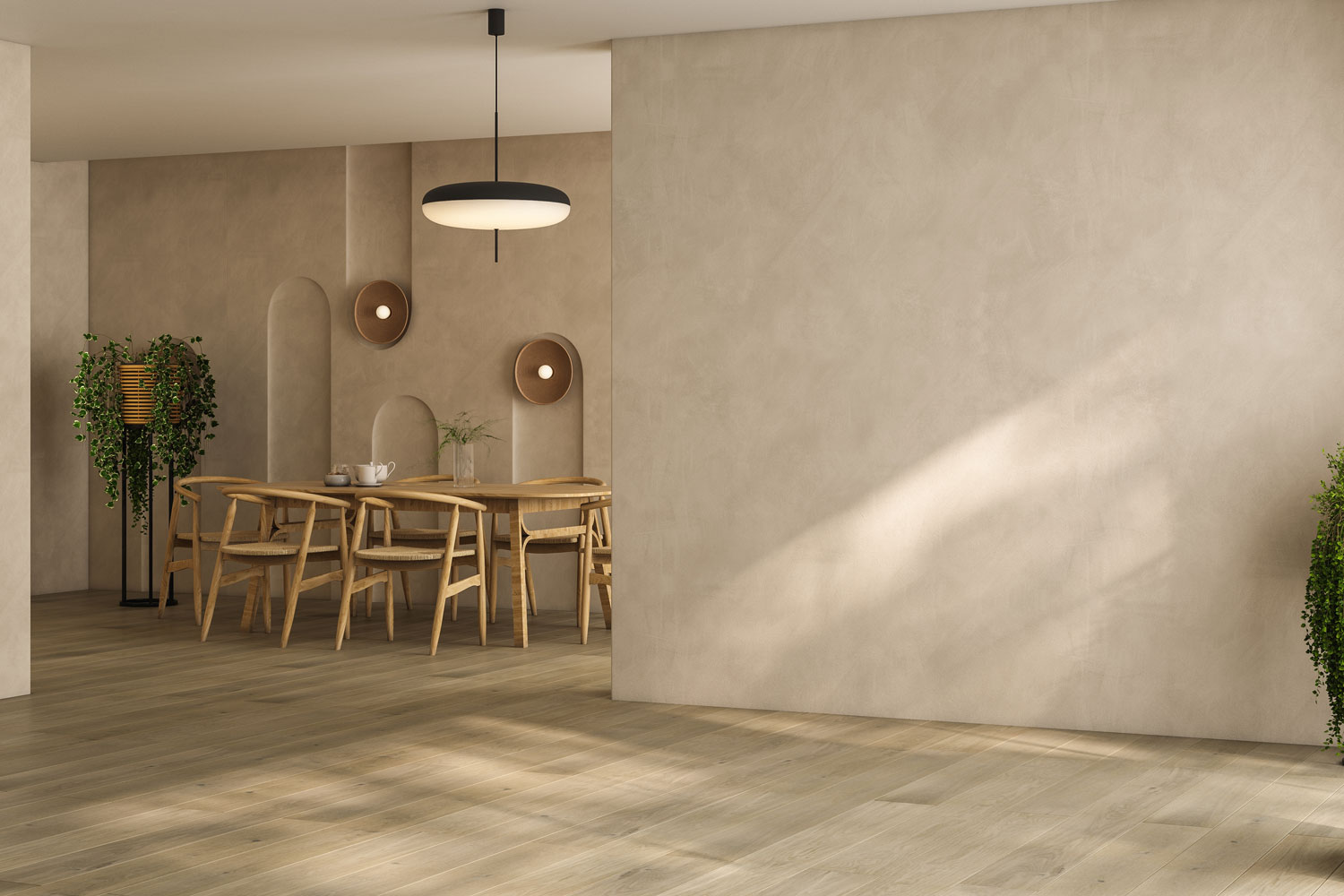
Is the era of minimalism coming to an end?
For almost a decade, our homes have been emptied. Marie Kondo did the sorting, influencers sold us off-white at every turn, and our interiors resembled contemporary art galleries. Functional, yes, but also sometimes cold and impersonal. This stripped-down aesthetic, born of the Nordic design craze and amplified by Instagram, now seems to be showing its limits.
After all, living in an uncluttered decor is all very well in the photo, but what about in everyday life? Between the kids dragging around their colorful toys and the growing desire to personalize one’s cocoon, perfect minimalism is becoming difficult to maintain. Not to mention that in the post-Covid years and months of confinement, many have felt the need to warm up their interiors, to give them more soul.
Lhe signals of a change of course
On Pinterest and TikTok, the trends speak for themselves: the “grand millennial style” is a hit, with its flowery chintz and bold knick-knacks. Dark Academia” is rediscovering the charm of overstuffed bookcases and hushed atmospheres. Even kitsch is back in vogue, with pop, colorful, no-holds-barred interiors. Younger generations, in particular, seem to be rejecting the uniformity of all-white. They demand interiors that tell a story, mixing vintage and contemporary, multiplying textures and colors. Authenticity takes precedence over Instagrammable perfection.
The hotel industry leads the way
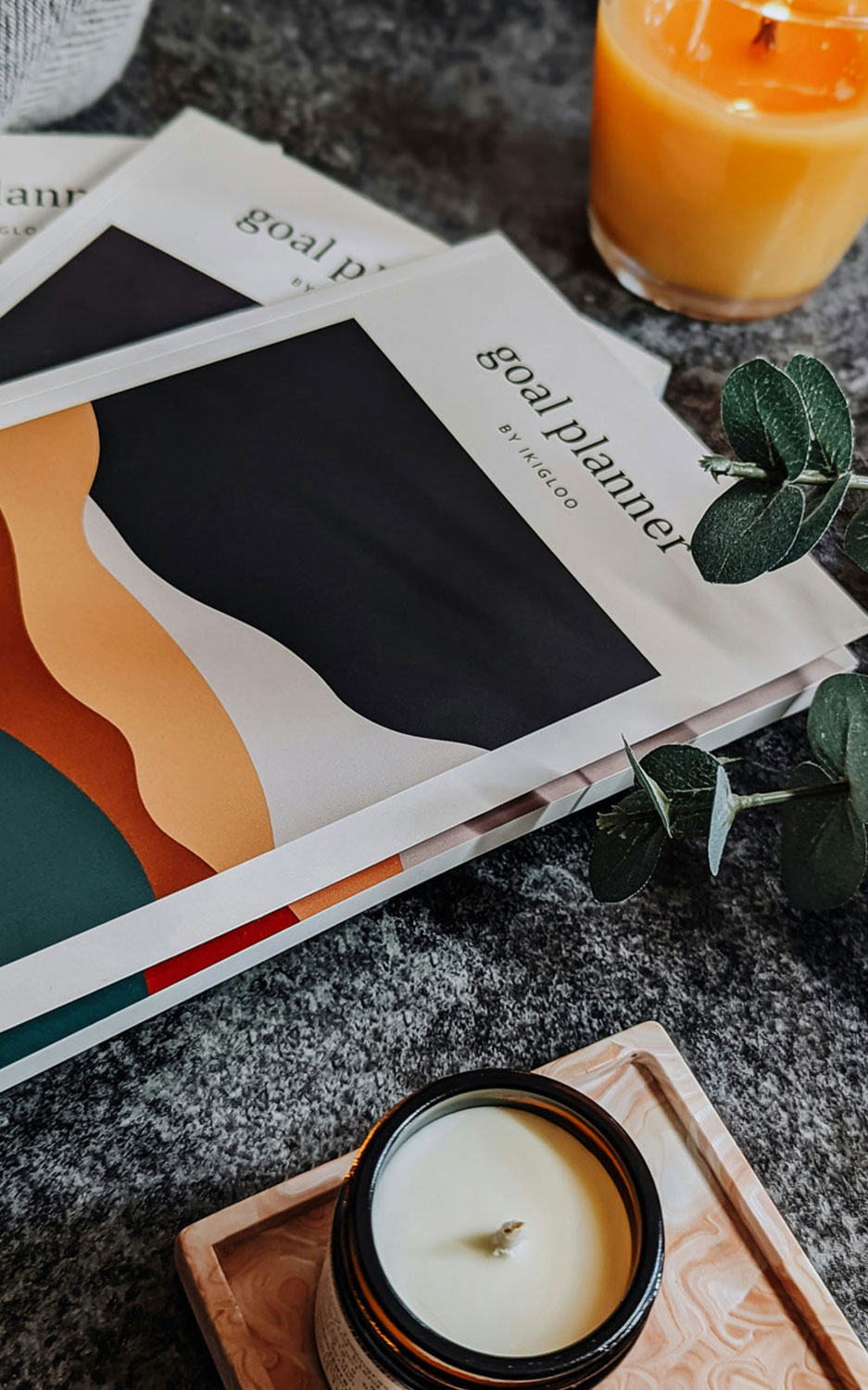

This trend is not limited to private interiors. The hotel industry, always in search of differentiation, was one of the first, a few years ago, to embrace this new aesthetic. Gone are the aseptic, neutral-toned lobbies, replaced by boutique hotels that dare to embrace color and personality.
The Hoxton in Paris mixes colorful velvets, vintage wallpaper and vintage furniture in a confidently cosy-chic atmosphere. In London, the Zetter Townhouse plays the refined bric-a-brac card, with its living rooms overloaded with paintings, antiques and patterned fabrics. These establishments focus on an immersive experience rather than cold, uniform beauty. Even international chains are getting in on the act: W Hotels is developing ever bolder concepts, mixing contemporary art, bright colors and quirky furnishings. Styles and eras are superimposed, with certain periods predominating depending on the cycle. The aim? To create “Instagrammable” spaces that make a lasting impression and generate buzz on social networks.
Thes tertiary spaces follow the trend
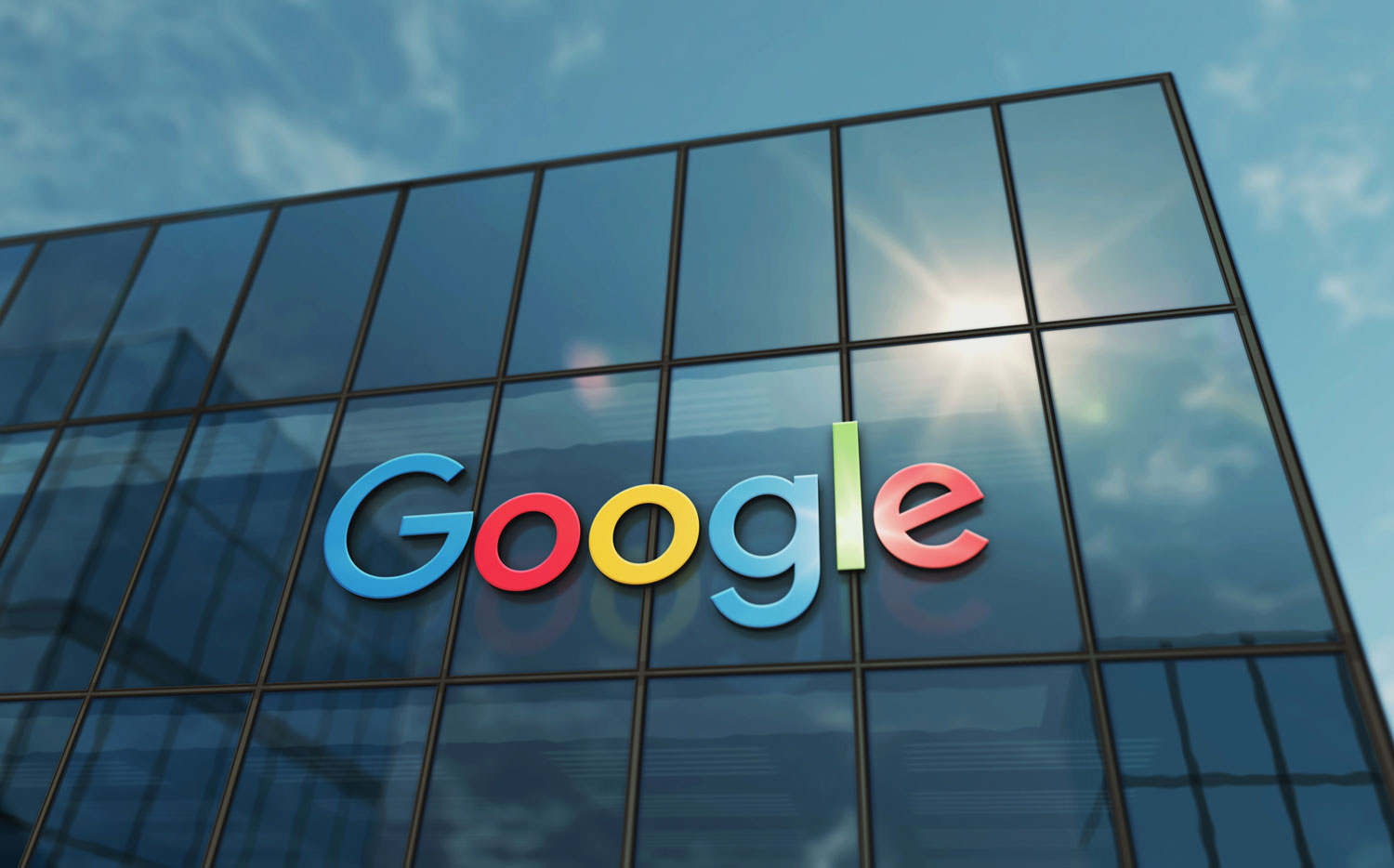
In the office world too, codes are changing. Tech companies, start-ups, law firms and creative agencies are rediscovering the benefits of warmer, more stimulating environments.
Google and its colorful offices have set the standard, but today even more traditional sectors are daring to experiment with originality. Accounting firms are installing wall-mounted bookcases, velvet armchairs and vintage lighting to create a more welcoming atmosphere. The idea? To make employees feel at home in an environment that reflects their personality. Coworking spaces like WeWork have popularized this “homy” approach to the office, with their comfy sofas, green plants and local artworks. As a result, the boundaries between home and office are becoming blurred, and the maximalist aesthetic is finding its natural place in these new work environments.
Maximalism: art of living or simple reaction?
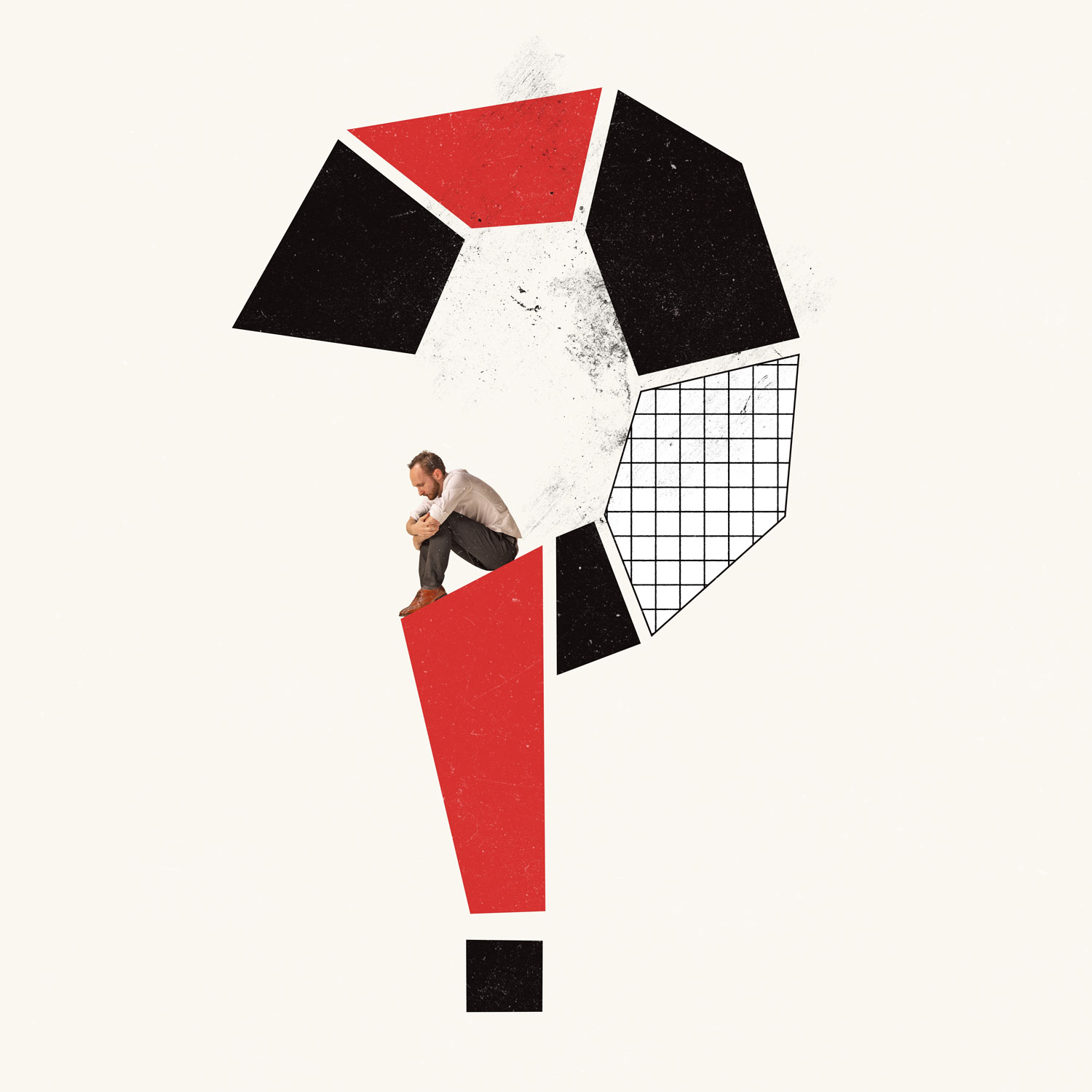
This return to “more” does not mean a return to the excesses of the 80s. Today’s maximalism is more thoughtful, more controlled. It’s less about accumulating than creating environments rich in emotions and personal references. Interior designers are watching this evolution with interest. Some see it as a new maturity in the approach to decorating, while others see it as a simple swing in the pendulum of trends. After all, interior design has always worked in cycles: the psychedelic 70s were followed by the minimalist 80s, then the eclectic 90s.
Perhaps the real question is not whether maximalism is making a comeback, but rather how it is reinventing itself. The codes are changing: quality is favored over quantity, epochs are mixed with discernment, and “controlled chaos” is created where every element has its place. This new maximalist approach seems more sustainable than its predecessors. It responds to a profound need for personalization and self-expression in an increasingly standardized world. Our interiors are once again becoming personal refuges rather than impersonal showrooms.
Ultimately, this movement may reflect a broader aspiration: that of rediscovering human warmth in our living spaces. Having discovered the art of emptiness, we’re now rediscovering the art of fullness – but a fullness that’s chosen, thought out, that reflects us. The maximalism of 2026 will probably not be that of our grandparents. It will be digital, eco-responsible and assertive. Between minimalism and maximalism, perhaps the future lies in balance and the freedom to choose what really makes us tick.
